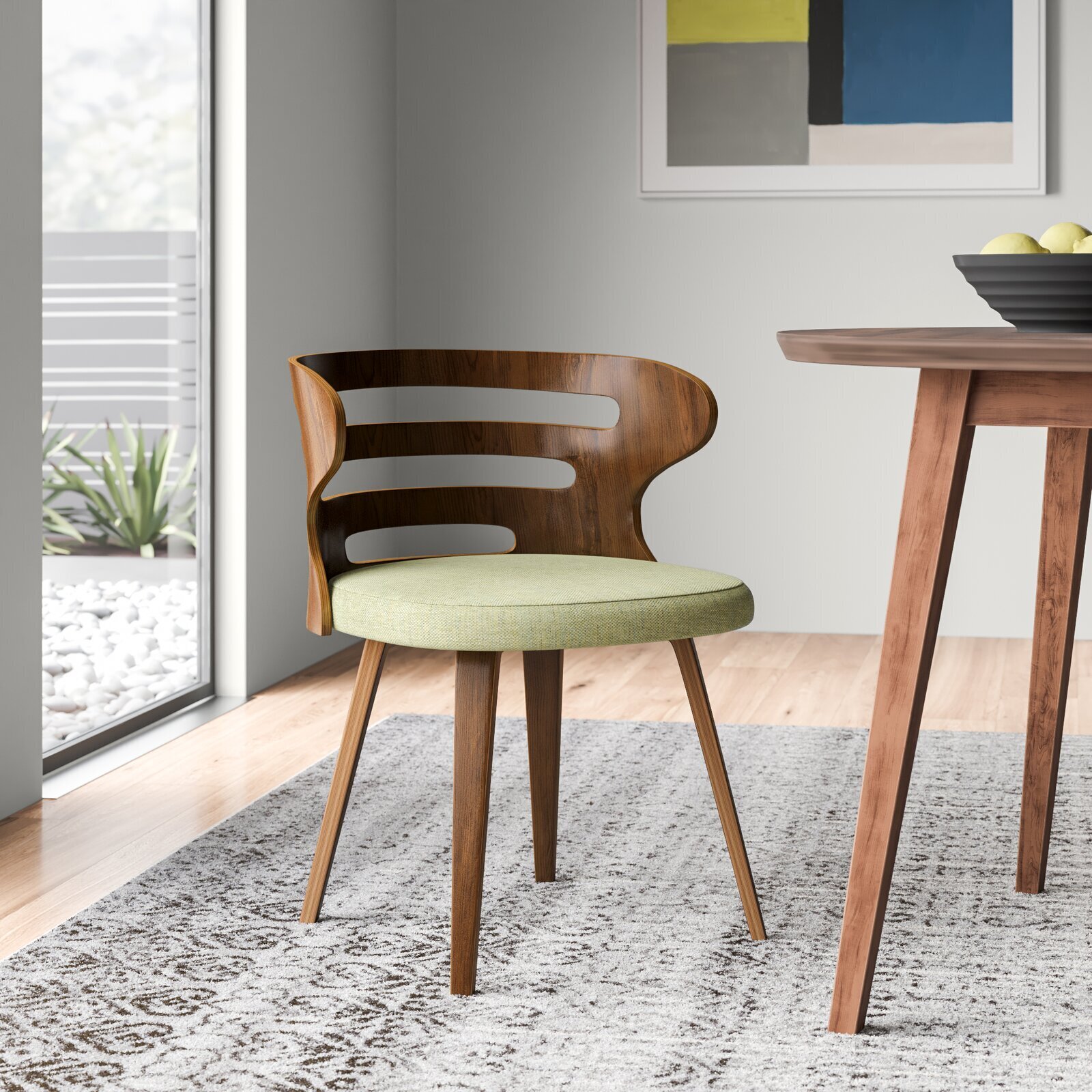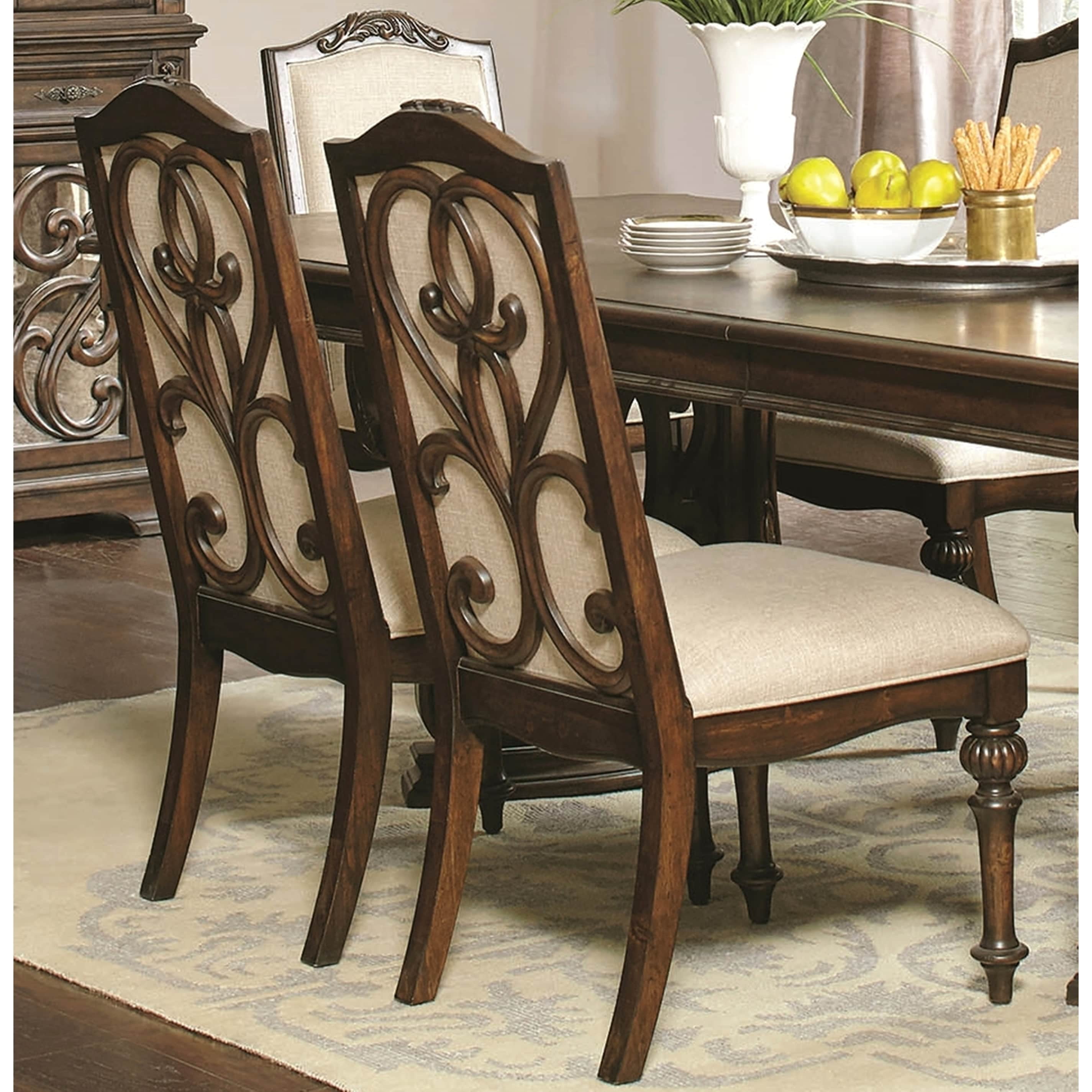Manufacturing and Materials of Wooden Dining Chair Legs

The creation of sturdy and aesthetically pleasing wooden dining chair legs involves a meticulous process, from the careful selection of raw materials to the application of final finishes. Understanding this process allows for appreciation of the craftsmanship involved and informs choices regarding material and style.
Manufacturing Process of Wooden Dining Chair Legs
The journey from raw timber to finished chair leg begins with the selection of appropriate lumber. Logs are cut into planks, then carefully dried to reduce moisture content and prevent warping. This drying process, often kiln-drying, is crucial for the long-term stability of the chair legs. Once dried, the planks are cut to size and shape, often using computer-numerical control (CNC) machinery for precision and efficiency. Individual leg components may be shaped using lathes, routers, or hand tools depending on the desired design and production scale. Joinery techniques, such as mortise and tenon, dowel joints, or even more modern methods like biscuit joining, are employed to assemble the leg components, ensuring strength and stability. Finally, the legs are sanded smooth and finished with various coatings, such as paint, varnish, or stain, to protect the wood and enhance its appearance.
Types of Wood Used for Dining Chair Legs
The choice of wood significantly impacts the chair’s durability, aesthetic appeal, and cost. Different wood species possess unique properties.
Wooden dining chair legs – The following table compares common wood types:
| Wood Type | Durability | Grain Pattern | Cost |
|---|---|---|---|
| Oak | High; resistant to wear and tear | Prominent, often with a distinct figure | Medium to High |
| Maple | High; hard and strong | Fine, even texture; can be plain or figured | Medium |
| Beech | Medium; relatively strong but can be prone to dents | Straight, even grain; often light in color | Low to Medium |
| Birch | Medium to High; strong and relatively hard | Fine, even texture; often light in color | Medium |
Infographic: Stages of Manufacturing Wooden Chair Legs
The following describes a simplified infographic illustrating the manufacturing process.
Stage 1: Raw Material Selection – This stage depicts logs of selected hardwood, such as oak or maple, being inspected for quality and defects. Tools involved are minimal, primarily saws for initial log breakdown. The focus is on selecting wood with minimal knots and consistent grain structure.
Stage 2: Drying and Planing – This shows planks of wood being placed in a kiln for drying, followed by the use of planers to achieve uniform thickness and surface smoothness. Kilns control temperature and humidity to prevent warping. Planers use sharp blades to remove excess material.
Stage 3: Shaping and Cutting – This section displays CNC routers or lathes shaping the individual leg components to their final form. CNC machines offer precision and repeatability, while lathes are used for more intricate designs. Hand tools may be used for finer details or smaller production runs.
Stage 4: Assembly – This stage illustrates the joining of leg components using techniques such as mortise and tenon joints. Tools include chisels, drills, and clamps. The image highlights the precision required for a strong and stable connection.
Stage 5: Finishing – This shows the application of sanding and finishing coats (stain, varnish, or paint). Sanding removes imperfections and prepares the surface for a smooth finish. The final image shows the completed chair legs, ready for assembly into the chair.
Repair and Maintenance of Wooden Dining Chair Legs

Proper care and timely repairs significantly extend the lifespan of wooden dining chair legs, preserving their aesthetic appeal and structural integrity. Understanding common issues and employing effective repair techniques is crucial for maintaining these essential furniture components.
Repairing Common Damage to Wooden Chair Legs
This section details methods for addressing typical damage, including scratches, cracks, and loose joints. Effective repair requires the right tools and materials, chosen based on the severity of the damage.
Scratches: Minor scratches can often be addressed with wood filler. Select a filler that closely matches the wood’s color. Apply the filler, allow it to dry completely according to the manufacturer’s instructions, and then sand the area smooth using progressively finer grit sandpaper. Finish by applying a touch-up stain and sealant to match the existing finish. Deeper scratches may require more extensive sanding and refinishing.
Cracks: Small cracks can be repaired using wood glue. Clean the crack thoroughly, apply glue to both sides, clamp the crack tightly together, and allow it to dry completely. Once dry, sand the area smooth and refinish as needed. For larger cracks, wood dowels or splines may be necessary to reinforce the repair. These are inserted into the crack, glued in place, and then sanded flush.
Loose Joints: Loose joints often result from weakened glue. Disassemble the joint carefully if possible. Clean the surfaces thoroughly, apply fresh wood glue, reassemble the joint, and clamp it firmly until the glue dries completely. If the joint is severely damaged, additional reinforcement with wood screws or dowels may be necessary. Always ensure the glue is compatible with the type of wood.
Preventative Maintenance Tips for Wooden Dining Chair Legs
Regular maintenance significantly reduces the likelihood of damage and extends the lifespan of your chair legs. Implementing these preventative measures is a proactive approach to preserving their condition.
This section provides a list of preventative measures to protect your wooden dining chair legs from damage and deterioration.
- Avoid placing hot items directly on the chair legs.
- Use coasters or placemats to protect the legs from spills and moisture.
- Regularly dust and clean the chair legs with a soft cloth.
- Inspect the chair legs periodically for any signs of damage or wear.
- Apply a protective sealant every few years to help prevent moisture damage and wear.
- Avoid dragging the chairs across the floor; lift them to move them.
- Use furniture glides or pads on the chair legs to protect your floors and prevent scratches.
Refinishing Wooden Dining Chair Legs
Refinishing restores the appearance and protects the wood. This process involves removing the old finish, sanding, staining, and sealing. Proper safety precautions are paramount throughout the process.
This section Artikels the process of refinishing wooden chair legs, from stripping the old finish to applying a new sealant. Appropriate tools and safety measures are emphasized.
Stripping the Old Finish: Use a chemical stripper following the manufacturer’s instructions. Work in a well-ventilated area and wear appropriate safety gear, including gloves, eye protection, and a respirator. After stripping, thoroughly clean the wood to remove all traces of the stripper.
Sanding: Start with coarser grit sandpaper (e.g., 80-grit) and gradually move to finer grits (e.g., 120-grit, then 220-grit) to achieve a smooth surface. Sand with the grain of the wood to avoid scratches. Clean the wood thoroughly after sanding.
Staining (Optional): Apply stain according to the manufacturer’s instructions. Use a clean cloth or brush to apply an even coat. Allow the stain to dry completely before applying sealant.
Sealing: Apply a sealant (e.g., polyurethane) to protect the wood from moisture and wear. Apply several thin coats, allowing each coat to dry completely before applying the next. Sand lightly between coats for a smooth finish.
Always work in a well-ventilated area when using chemical strippers and stains. Wear appropriate safety gear, including gloves, eye protection, and a respirator.
Dispose of chemical waste properly according to local regulations.
